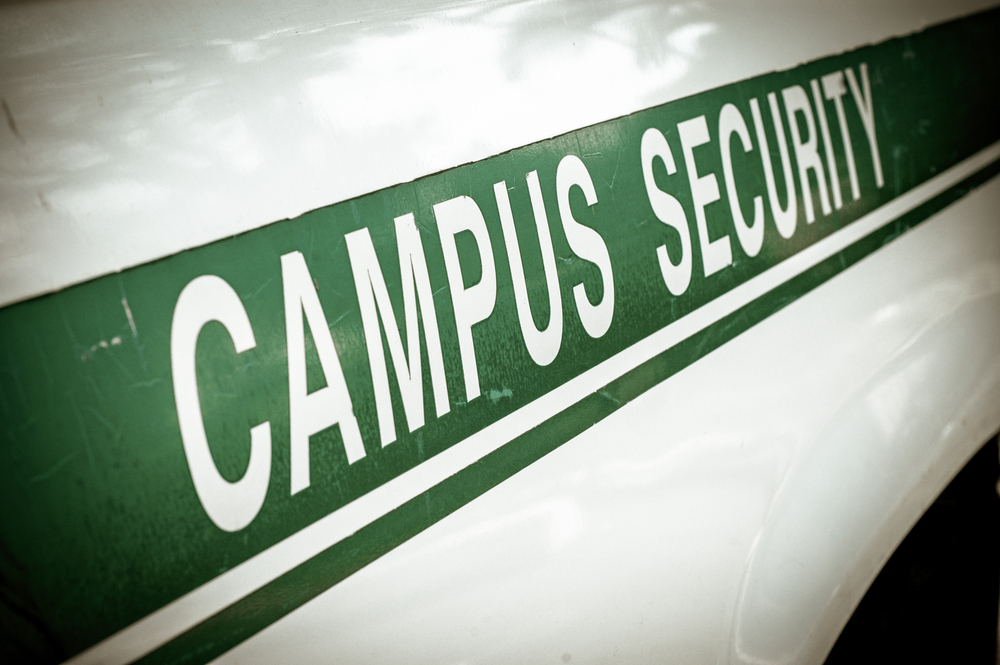
There was a time when the only safety drill most schools conducted was an annual test of the building’s fire alarm. Yet, over the years, schools and other educational institutions have identified other emergency situations that they need to be better prepared for, including severe weather situations and active shooter scenarios.
As incidents of violent crimes are becoming more commonplace in our society, investing in safety and preparedness initiatives has become a necessity for schools.
The safety of students, faculty and staff in preschool, grade school, high school and college campuses is of utmost importance. Currently, one of the best ways to ensure the safety and protection of everyone on these campuses is to implement effective emergency drills.
Campus emergency drills play a pivotal role in preparing schools for a variety of crisis situations. These drills not only enable students, faculty and staff to respond more effectively to emergencies, they also create a sense of security within the school community.
In the following article, we’ll highlight the importance of school emergency drills and plans, the benefits they offer, and how the experts at Cardinal Point Security Group can help your organization be better prepared in the event of an emergency situation.
While having emergency plans in place is a great first step, their effectiveness cannot be determined unless they are properly tested.
The true effectiveness of these plans and procedures is often best measured by conducting simulations or drills. By conducting drills, school administrators can identify gaps, weaknesses and areas of improvement in their emergency response strategies.
Since panic and confusion during an actual crisis may hinder the effectiveness of these emergency plans, it’s best to ensure that everyone is familiar with the specific procedures before an incident occurs. Through frequent drills, students, faculty and staff become familiar with evacuation routes, assembly points, communication protocols and other critical steps in the procedures outlined in the emergency response plans.
All in all, drills contribute to more efficient and organized emergency responses.
To further stress the importance of these types of emergency drills, many states now legally require schools to implement and maintain these drills and conduct them frequently throughout the academic year. For example, the Pennsylvania Public School Code outlines the requirements for fire drills and other safety measures in its schools.
Campus emergency drills are more than just routine exercises. They’re invaluable tools that allow schools to handle a crisis more effectively.
By conducting frequent safety and emergency drills, schools can establish a well-rehearsed response that is more likely to be better coordinated and performed more optimally. By conducting these drills, schools are also able to foster a strong sense of teamwork and coordination between students, faculty and staff. This not only ensures that everyone knows their roles and responsibilities during a crisis, it also allows them to properly assist parents and visitors who are not familiar with the emergency procedures
Additionally, when everyone on campus is better prepared through the use of drills, they feel more confident. The confidence that drills instill in individuals helps significantly reduce panic and anxiety during actual emergencies. By knowing how to react properly, students and adults are less likely to succumb to fear. This allows them to think more clearly and make more informed decisions.
Perhaps the most important benefit of conducting frequent emergency drills is that this process provides schools with multiple opportunities to assess the effectiveness of their existing emergency plans. That way any inefficiencies or flaws that are identified during these drills can be immediately addressed. By refining and updating their plans via observations made during drills, schools can implement a stronger and more reliable emergency response system.
By conducting drills based on school emergency plans, organizations can help familiarize students, faculty and staff with the various proper procedures they need to follow during a specific emergency situation. This includes being able to follow predetermined evacuation routes, access shelter locations and practice proper communication protocols. Whether it’s a fire, natural disaster, or even an active shooter situation, these drills prepare individuals to act swiftly and appropriately, potentially saving lives.
Additionally, drills can help schools foster teamwork between everyone on campus, reduce anxiety and panic, and identify any shortcomings in their existing plans so they can take immediate corrective action.
However, many school districts and administrators may not know where to start when developing effective and efficient emergency preparedness plans and drills.
In those cases, school administrators should seek the guidance of security experts.
At Cardinal Point Security Group, we not only specialize in providing top-notch security training and staffing solutions for educational institutions, we also provide first-rate consulting services.
By collaborating with your administrators and staff, we can help your school design campus emergency plans and drills that can test their effectiveness. This enables your students, faculty and staff to practice their responses and your organization to refine each plan’s effectiveness. From fire drills to active shooter simulations, our school emergency plan and drill consulting services can help your school system be better prepared for a wide-range of potential crises.
With our security knowledge and expertise, we can provide your school with the necessary tools and insight needed to respond effectively to a variety of emergencies.
Contact Cardinal Point Security Group today to help your school create an environment that’s more safe and secure for all students, faculty and staff.
|
Website design by Results Repeat